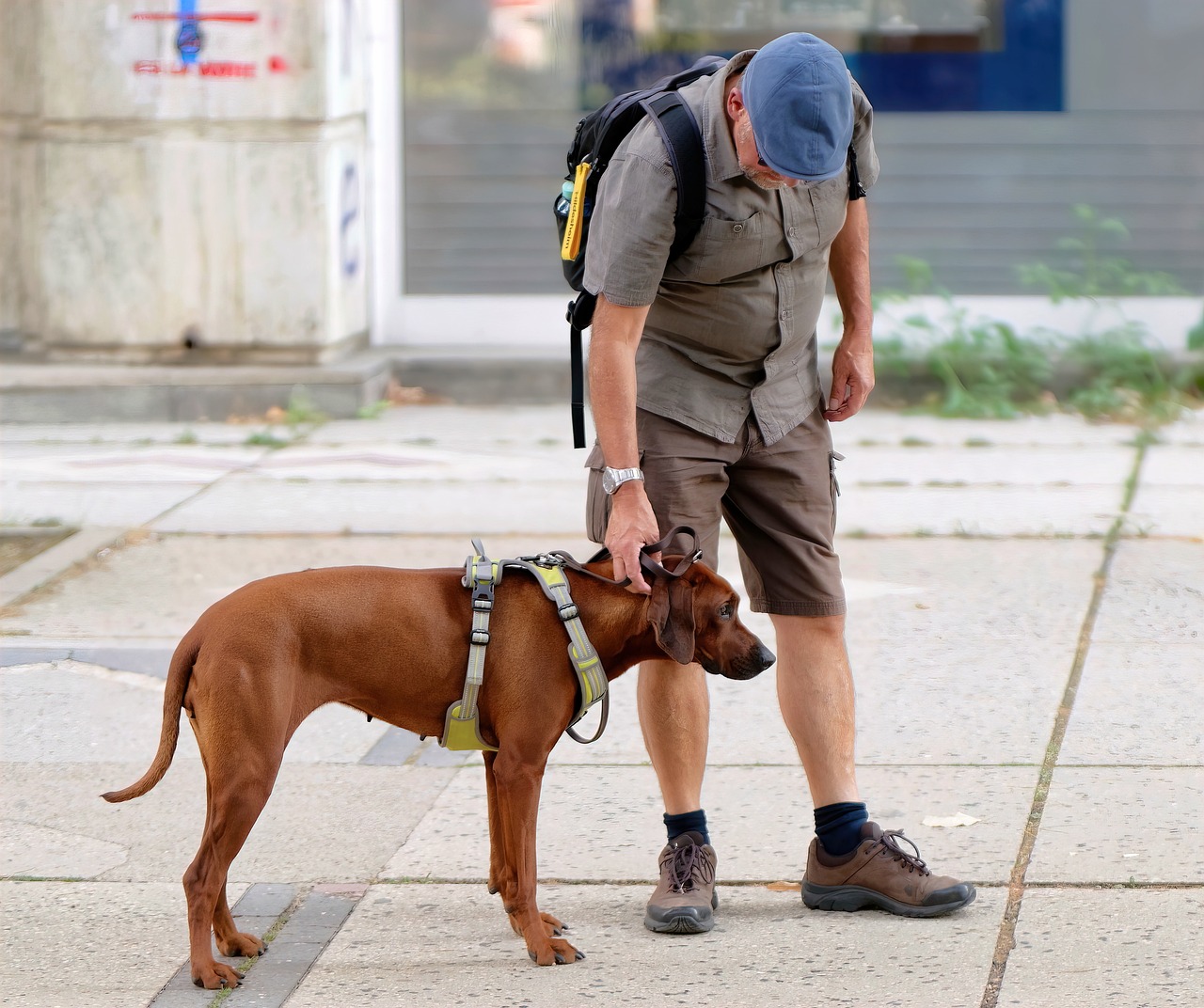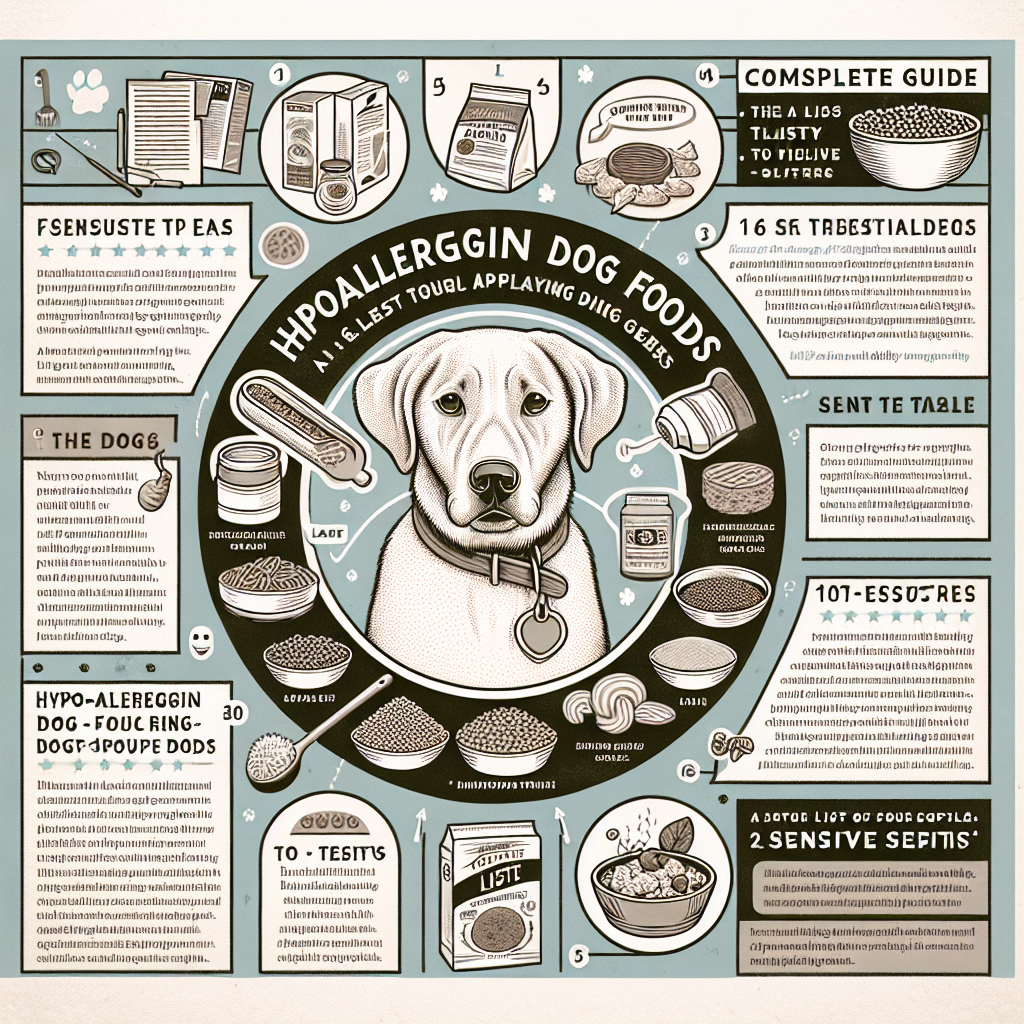
Transforming your dog’s behavior can seem like a daunting task, but with the right obedience training techniques, you can create a harmonious relationship with your pet. This comprehensive guide will introduce you to 10 proven obedience training techniques that are effective and easy to implement. So, let’s dive in and unlock the secrets to a well-behaved dog!
1. Positive Reinforcement
Positive reinforcement is a popular technique that involves rewarding your dog for good behavior. By giving treats, praise, or toys when your dog follows a command, you encourage them to repeat the behavior. This method helps in creating strong associations between the command and the positive outcome.
2. Clicker Training
Clicker training involves using a small device that makes a clicking sound to mark desired behaviors. When your dog performs the correct action, you click and then reward. This method helps dogs understand exactly what behavior is being rewarded, making it an effective and precise training technique.
3. Consistent Commands
Consistency is key in dog training. Using the same commands and cues for specific behaviors helps your dog learn faster and avoid confusion. For example, if you use “sit” to ask your dog to sit, always use that same word rather than mixing it up with terms like “sit down”.
4. Leash Training
Leash training is essential for on-leash obedience and safety. Start with short sessions in a controlled environment and gradually increase the duration. Ensure your dog walks beside you without pulling, and reward them for maintaining the correct position.
5. Socialization
Proper socialization can prevent behavioral issues and ensure your dog is well-adjusted around people and other animals. Introduce your dog to various environments, situations, and individuals. This method helps reduce fear, anxiety, and aggressive tendencies.
6. Gradual Desensitization
If your dog has a specific fear or anxiety, gradual desensitization can help. Start by exposing your dog to the fear-inducing stimulus at a low intensity and gradually increase exposure over time. Pairing this exposure with positive reinforcement can help change your dog’s fear responses.
7. Obedience Classes
Enrolling your dog in obedience classes can provide structured training and socialization opportunities. These classes are conducted by professionals who can offer guidance and correct techniques, providing a solid foundation for your dog’s behavior.
8. Crate Training
Crate training can assist in housebreaking and providing your dog with a safe space. Make the crate comfortable and welcoming. Use positive reinforcement to make the crate a positive experience rather than a place of punishment.
9. Mental Stimulation
Dogs need mental stimulation to prevent boredom and destructive behavior. Puzzle toys, interactive games, and training sessions can keep their minds active. Regular mental exercises can make your dog more eager to learn and obey commands.
10. Patience and Persistence
Training your dog requires patience and persistence. Dogs learn at different paces, and it’s essential to be patient and persistent. Avoid punishing your dog for mistakes; instead, calmly correct behavior and consistently apply training techniques.
Conclusion
Transforming your dog’s behavior through obedience training requires dedication and the right techniques. By implementing these 10 proven methods—positive reinforcement, clicker training, consistent commands, leash training, socialization, gradual desensitization, obedience classes, crate training, mental stimulation, and maintaining patience and persistence—you can foster a well-mannered and happy dog.
For more detailed guidance, tips, and resources on dog training, health care, grooming, and nutrition, visit DogsOwner.com. You can explore categories like Training and Behavior, Health Care, Grooming and Hygiene, and Nutrition and Diet.
For additional insights and expert advice on dog training, you might find these resources helpful:






